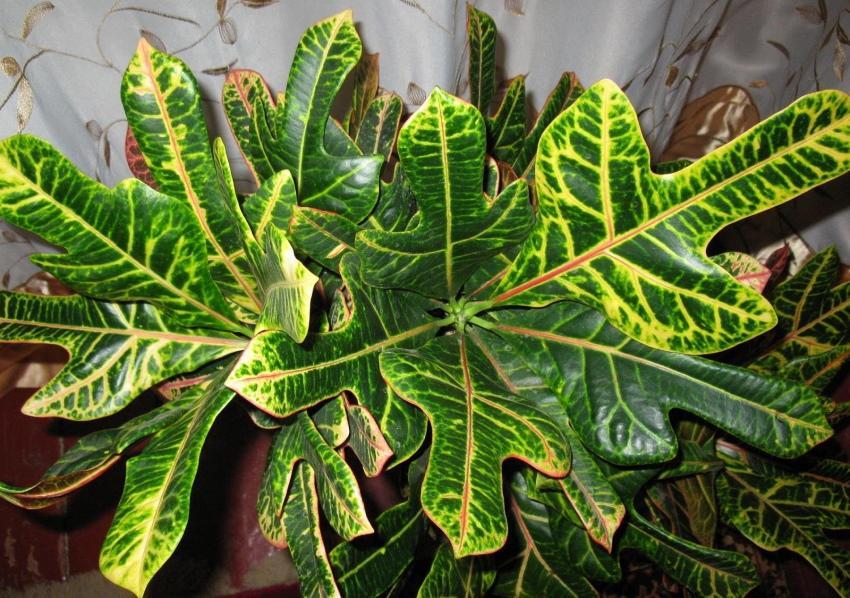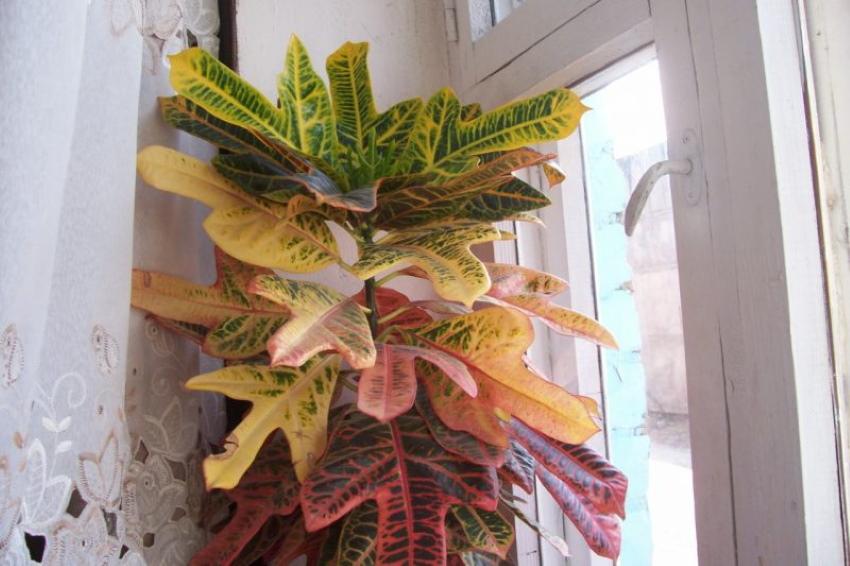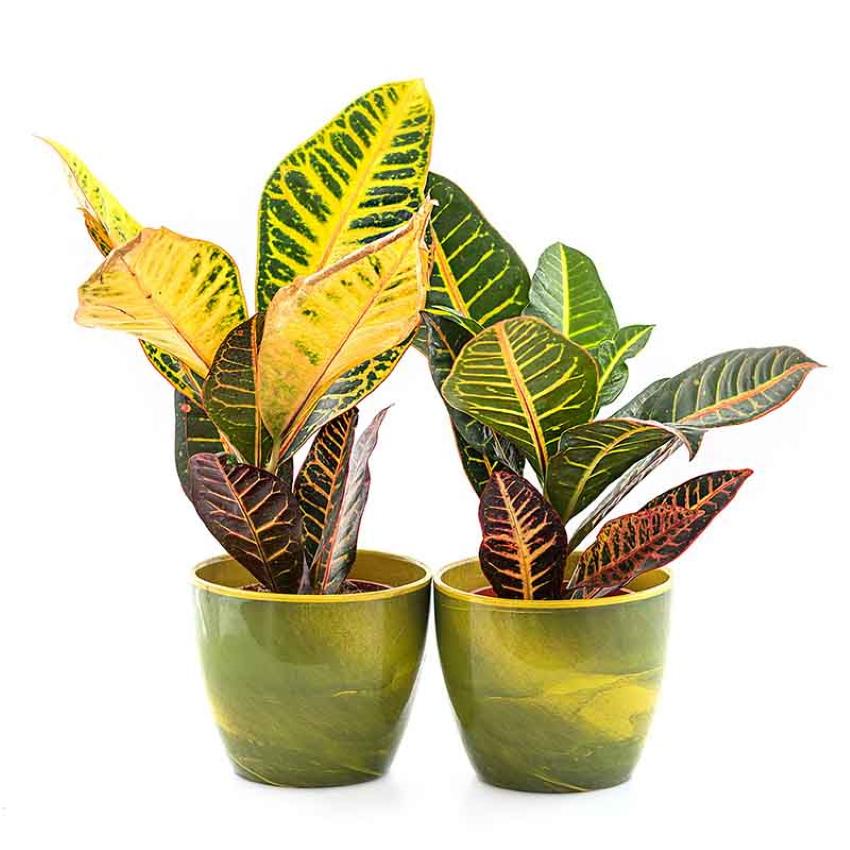A flower with leaves like an oak - the unsurpassed croton
 Our mother nature is rich in different plants and each of them is unique. At the same time, quite often you can find cultures that are very similar to each other, for example, even the giant oak has an interesting double. It is noteworthy that a flower with leaves, like that of an oak, is also a tree, only very small and is an original houseplant. The only similarity between them lies in the shape of the leaf plates, although it is very distant. At the same time, many flower growers remember the flower for this very reason. What is this culture and what is so special about it?
Our mother nature is rich in different plants and each of them is unique. At the same time, quite often you can find cultures that are very similar to each other, for example, even the giant oak has an interesting double. It is noteworthy that a flower with leaves, like that of an oak, is also a tree, only very small and is an original houseplant. The only similarity between them lies in the shape of the leaf plates, although it is very distant. At the same time, many flower growers remember the flower for this very reason. What is this culture and what is so special about it?
Flower with leaves like oak

The Latin name for croton is codiaum. It is noteworthy that at first it forms green young leaves. They acquire variegation over time as they age.
Croton gained its popularity due to its varied and bright color. The flower has about 14 varieties, and each of them, in turn, is original and has many varieties. Most often in indoor floriculture you can find the following varieties of Croton:
- Petra with green leaves and yellow veins;

- Miss Aiston with yellow-red-pink variegated leaves;

- Norm - with red veins and yellow spots on green leaves;

- Gold Finger with narrow green and yellow leaves.

Croton Excelent is most like an oak with its leaves. He has an interesting color with multi-colored veins on the yellow-green plate. Interestingly, on the reverse side, the leaf takes on a crimson hue.
Features of growing croton
 In general, the plant is not particularly whimsical, but it still has some requirements. The flower loves bright, but diffused lighting and, if it is lacking, loses its color saturation. Dormant period in evergreen croton no, and in winter he feels great at 18 ° C.
In general, the plant is not particularly whimsical, but it still has some requirements. The flower loves bright, but diffused lighting and, if it is lacking, loses its color saturation. Dormant period in evergreen croton no, and in winter he feels great at 18 ° C.
But the motley bush does not like drafts and cold and begins to shed foliage.
Increased requirements for the plant and for moisture. It should be watered abundantly and regularly, and the air humidity should also be maintained. But at the same time, it is important to ensure that the water does not stagnate, otherwise the root system will start to rot. Twice a month, you can apply special complex fertilizers for decorative deciduous plants. Top dressing in winter will not hurt, but once a month is enough. In order for the bush to grow lush, it is recommended to pinch the growth points every 20 cm.